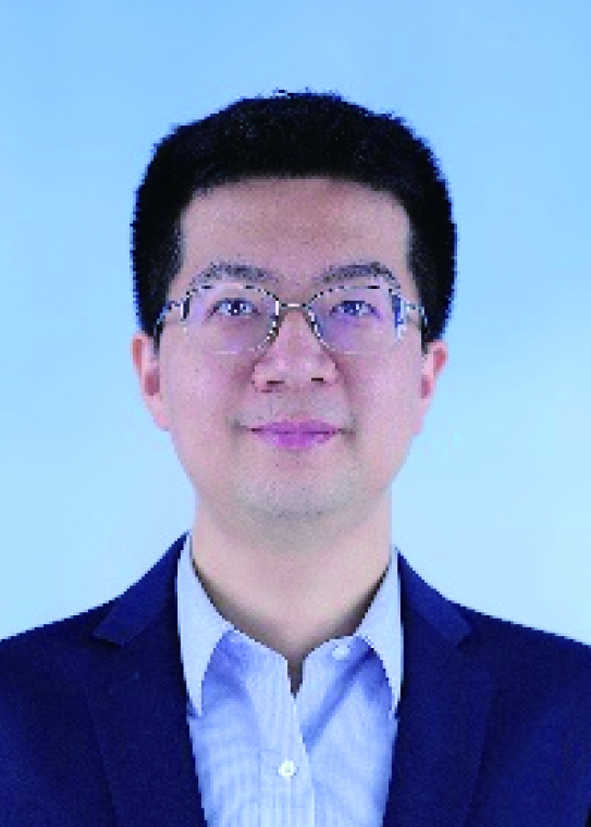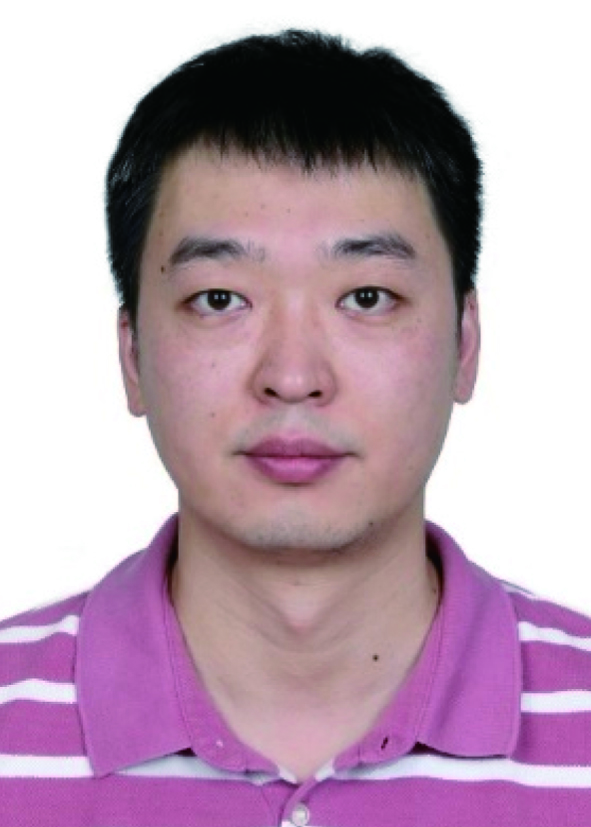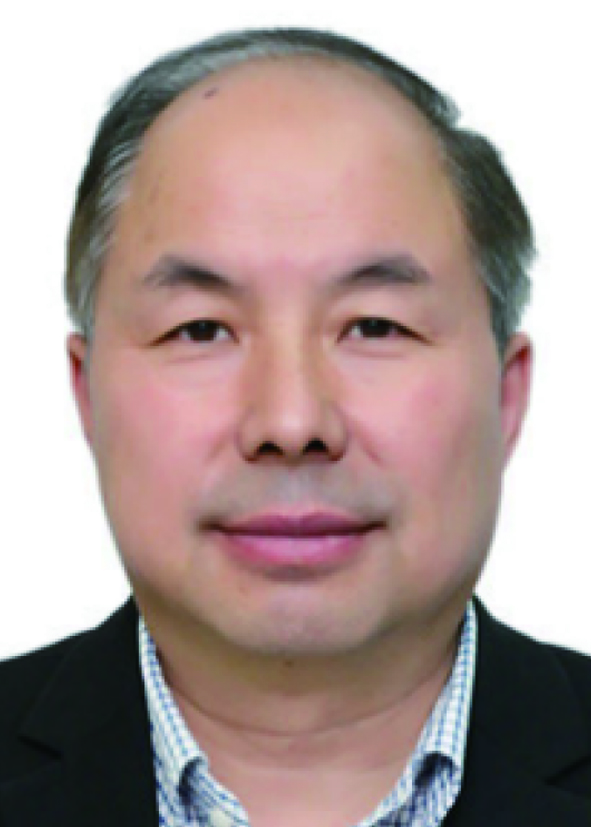
| Citation: |
Zheng Wang, Xiaoyan Gui, Lin Cheng, Nanjian Wu. Preface to Special Topic on Integrated Circuits, Technologies and Applications[J]. Journal of Semiconductors, 2024, 45(6): 060101. doi: 10.1088/1674-4926/24050901
****
Z Wang, X Y Gui, L Cheng, and N J Wu, Preface to Special Topic on Integrated Circuits, Technologies and Applications[J]. J. Semicond., 2024, 45(6), 060101 doi: 10.1088/1674-4926/24050901
|
Preface to Special Topic on Integrated Circuits, Technologies and Applications
DOI: 10.1088/1674-4926/24050901
More Information
-
References
[1] Zhang H Y, Geng X L, Ye Z L, et al. A frequency servo SoC with output power stabilization looptechnology for miniaturized atomic clocks. J Semicond, 2024, 45, 062202 doi: 10.1088/1674-4926/23120056[2] Ji J Y, Ji X N, Zhou Z Y, et al. A 16-bit 18-MSPS flash-assisted SAR ADC with hybridsynchronous and asynchronous control logic. J Semicond, 2024, 45, 062201 doi: 10.1088/1674-4926/23120049[3] Xie Y L, Wang B C, Chen D H, et al. An NMOS output-capacitorless low-dropout regulator withdynamic-strength event-driven charge pump. J Semicond, 2024, 45, 062203 doi: 10.1088/1674-4926/23120057[4] He Y K, Yuan Z, Wang K N, et al. A 28/56 Gb/s NRZ/PAM-4 dual-mode transceiver with 1/4 rate reconfigurable 4-tap FFE and half-rate slicer in a 28-nm CMOS. J Semicond, 2024, 45, 062204 doi: 10.1088/1674-4926/24010001 -
Proportional views





 Zheng Wang received the B.S. and M.S. degrees from Tsinghua University, Beijing, China, in 2007 and 2010, respectively, and the Ph.D. degree in electrical engineering from the University of California at Irvine, Irvine, CA, USA, in 2014. From 2014 to 2017, he was with Qualcomm Inc., San Diego, CA, USA, working on RFIC design for cellular application. In 2017, he joined the University of Electronic Science and Technology of China (UESTC), Chengdu, China, as a Professor. His research interests include the design of novel radio frequency (RF), millimeter-wave (mmW), and terahertz (THz) silicon-based integrated circuits for the next-generation 10-Gb wireless communications as well as imaging systems.
Zheng Wang received the B.S. and M.S. degrees from Tsinghua University, Beijing, China, in 2007 and 2010, respectively, and the Ph.D. degree in electrical engineering from the University of California at Irvine, Irvine, CA, USA, in 2014. From 2014 to 2017, he was with Qualcomm Inc., San Diego, CA, USA, working on RFIC design for cellular application. In 2017, he joined the University of Electronic Science and Technology of China (UESTC), Chengdu, China, as a Professor. His research interests include the design of novel radio frequency (RF), millimeter-wave (mmW), and terahertz (THz) silicon-based integrated circuits for the next-generation 10-Gb wireless communications as well as imaging systems. Xiaoyan Gui received his Ph.D. degree from University of California, Irvine, in 2011. He was with Broadcom, Irvine, from 2008 to 2012 where he worked on high-speed SerDes transceiver design as a design engineer and staff scientist. In 2012 he joined the faculty in School of Information and Electronics at Beijing Institute of Technology and later in 2017 the faculty in School of Microelectronics at Xi’an Jiaotong University where he is currently Professor. Dr. Gui’s research covers CMOS high-speed broad-band communication (Wireline) and radio-frequency (RF)/mili-meter wave (mmW) IC design. He is the author of more than 50 journal and conference papers. He is a senior member of IEEE.
Xiaoyan Gui received his Ph.D. degree from University of California, Irvine, in 2011. He was with Broadcom, Irvine, from 2008 to 2012 where he worked on high-speed SerDes transceiver design as a design engineer and staff scientist. In 2012 he joined the faculty in School of Information and Electronics at Beijing Institute of Technology and later in 2017 the faculty in School of Microelectronics at Xi’an Jiaotong University where he is currently Professor. Dr. Gui’s research covers CMOS high-speed broad-band communication (Wireline) and radio-frequency (RF)/mili-meter wave (mmW) IC design. He is the author of more than 50 journal and conference papers. He is a senior member of IEEE. Lin Cheng received the B.Eng. degree from Hefei University of Technology, Hefei, China, in 2008, the M.Sc. degree from Fudan University, Shanghai, China, in 2011, and the Ph.D. degree from The Hong Kong University of Science and Technology (HKUST), Hong Kong, China, in 2016. He was a Post-Doctoral Research Associate with the Department of Electronic and Computer Engineering, HKUST, from 2016 to 2018, and was an Intern Analog Design Engineer with Broadcom Ltd., San Jose, CA, USA, from 2015 to 2016. In 2018, he joined the School of Microelectronics, University of Science and Technology of China, Hefei, where he is currently a Professor. His current research interests include power management and mixed-signal integrated circuits and systems, wireless power transfer circuits and systems, switched-inductor power converters, and automotive ICs.
Lin Cheng received the B.Eng. degree from Hefei University of Technology, Hefei, China, in 2008, the M.Sc. degree from Fudan University, Shanghai, China, in 2011, and the Ph.D. degree from The Hong Kong University of Science and Technology (HKUST), Hong Kong, China, in 2016. He was a Post-Doctoral Research Associate with the Department of Electronic and Computer Engineering, HKUST, from 2016 to 2018, and was an Intern Analog Design Engineer with Broadcom Ltd., San Jose, CA, USA, from 2015 to 2016. In 2018, he joined the School of Microelectronics, University of Science and Technology of China, Hefei, where he is currently a Professor. His current research interests include power management and mixed-signal integrated circuits and systems, wireless power transfer circuits and systems, switched-inductor power converters, and automotive ICs. Nanjian Wu received the B.S. degree in physics from Heilongjiang University, Harbin, China, in 1982, the M.S. degree in electronic engineering from Jilin University, Changchun, China, in 1985, and the Ph.D. degree in electronic engineering from the University of Electro-Communications, Tokyo, Japan, in 1992. In 1992, he joined the Research Center for Interface Quantum Electronics, Hokkaido University, Sapporo, Japan, and the Faculty of Engineering, Hokkaido University, as a Research Associate. In 1998, he was an Associate Professor at the Department of Electro-Communications, The University of Electro-Communications, Chofu, Japan. Since 2000, he has been a Professor with the State Key Laboratory of Superlattices and Microstructures, Institute of Semiconductors, Chinese Academy of Sciences, Beijing, China. In 2005, he visited the Research Center for Integrated Quantum Electronics, Hokkaido University, as a Visiting Professor. Since 2009, he has been an Honorable Guest Professor with the Research Institute of Electronics, Shizuoka University, Hamamatsu, Japan. His research interests include mixed-signal VLSI and vision chip design.
Nanjian Wu received the B.S. degree in physics from Heilongjiang University, Harbin, China, in 1982, the M.S. degree in electronic engineering from Jilin University, Changchun, China, in 1985, and the Ph.D. degree in electronic engineering from the University of Electro-Communications, Tokyo, Japan, in 1992. In 1992, he joined the Research Center for Interface Quantum Electronics, Hokkaido University, Sapporo, Japan, and the Faculty of Engineering, Hokkaido University, as a Research Associate. In 1998, he was an Associate Professor at the Department of Electro-Communications, The University of Electro-Communications, Chofu, Japan. Since 2000, he has been a Professor with the State Key Laboratory of Superlattices and Microstructures, Institute of Semiconductors, Chinese Academy of Sciences, Beijing, China. In 2005, he visited the Research Center for Integrated Quantum Electronics, Hokkaido University, as a Visiting Professor. Since 2009, he has been an Honorable Guest Professor with the Research Institute of Electronics, Shizuoka University, Hamamatsu, Japan. His research interests include mixed-signal VLSI and vision chip design.













 DownLoad:
DownLoad: